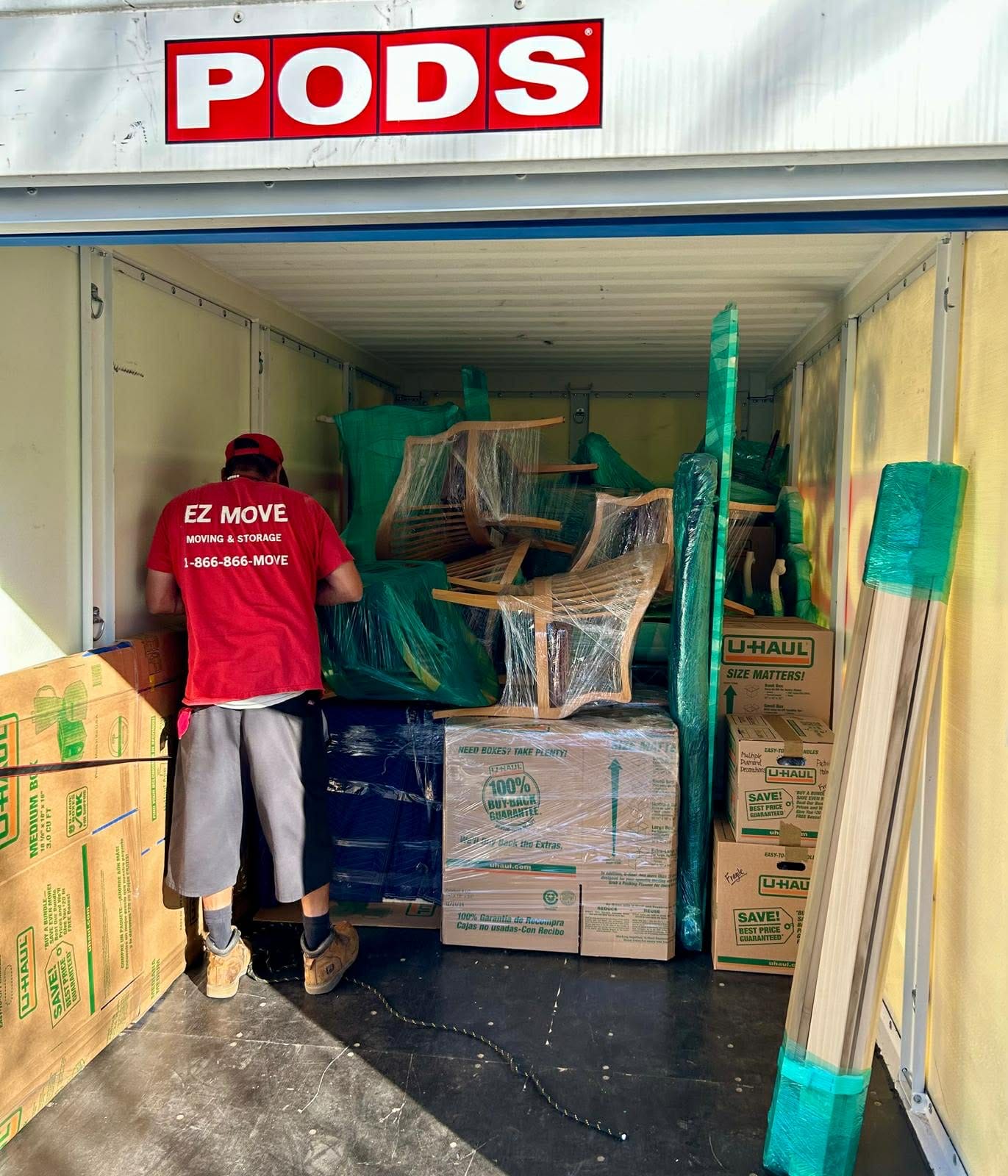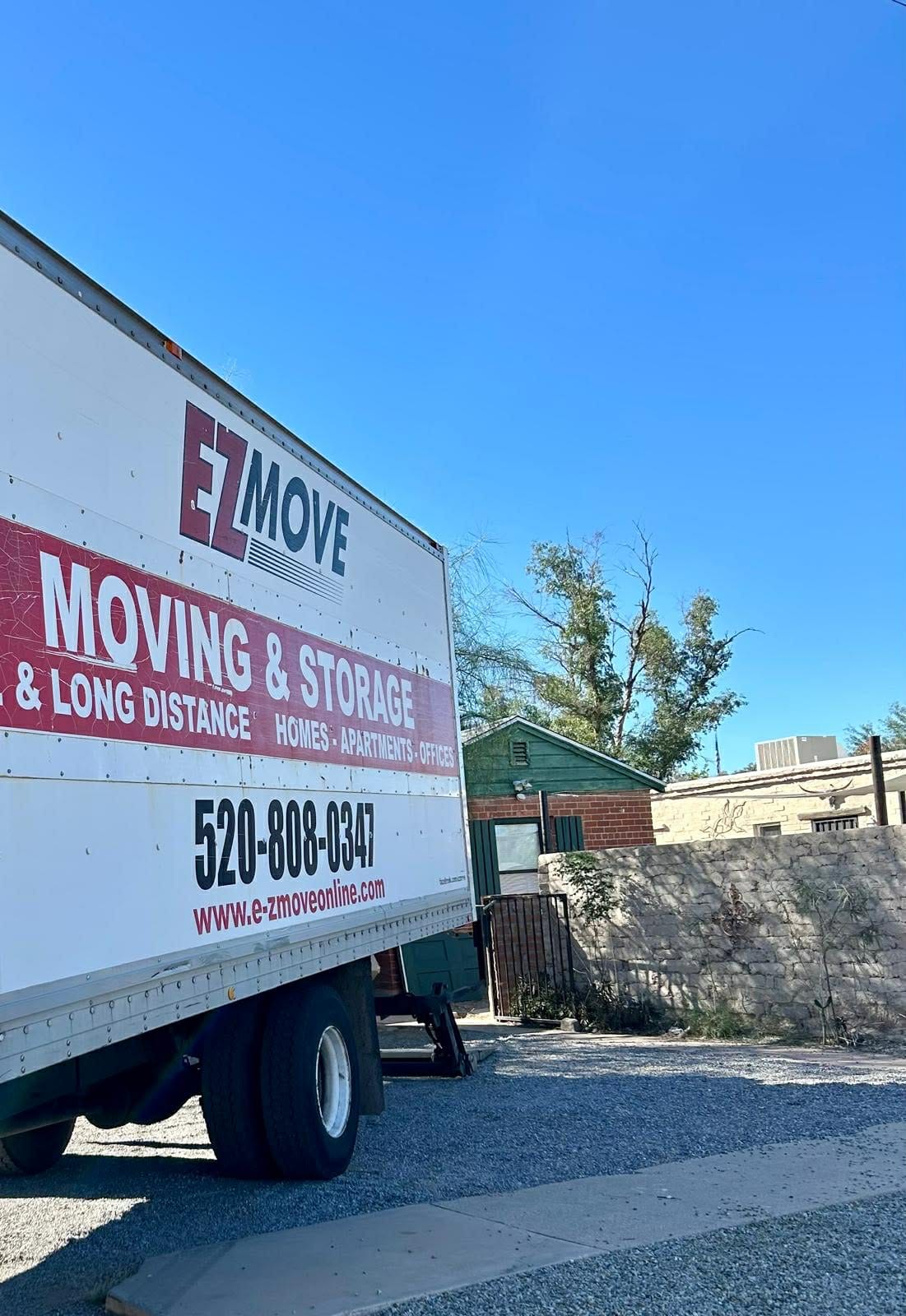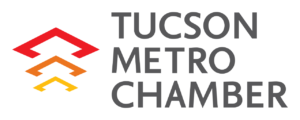Midtown Tucson represents one of Arizona’s most desirable urban living destinations, offering newcomers a perfect blend of historic charm, modern amenities, and authentic southwestern culture. If you’re considering relocating to this vibrant area, you’ll discover why thousands of residents have chosen to call Midtown home. This comprehensive guide will walk you through everything you need to know about making your transition smooth and successful.
Understanding Midtown Tucson’s Geography and Neighborhoods
Midtown Tucson encompasses several distinct neighborhoods, each with its own character and appeal. The area stretches roughly from River Road to 22nd Street, bounded by Alvernon Way to the east and the Santa Cruz River to the west. The most desired areas tend to be in the northeast parts of the neighborhood, while more affordable homes are in the west regions.
Sam Hughes stands out as one of the most sought-after neighborhoods within Midtown. This historic area features tree-lined streets, original adobe homes from the 1920s and 1930s, and walkable access to the University of Arizona campus. The neighborhood attracts young professionals, academics, and families who appreciate its pedestrian-friendly layout and proximity to cultural attractions.
Armory Park offers another compelling option for newcomers, particularly those seeking a blend of historic preservation and urban convenience. The neighborhood boasts restored Victorian homes alongside modern condominiums and apartments. Its central location provides easy access to downtown Tucson while maintaining a residential feel that many relocating families find appealing.
The Miracle Mile corridor has undergone significant revitalization in recent years, transforming from a mid-century commercial strip into a thriving arts and entertainment district. There’s a big push in Tucson to bring new development to long standing midtown neighborhoods. This development has created new housing opportunities and attracted creative professionals and entrepreneurs to the area.
Housing Market Trends and Property Values
The Midtown Tucson housing market presents both opportunities and challenges for newcomers. Median house prices in Midtown, Tucson, AZ are $180,744, meaning Midtown homes are much less expensive than the US median of $318,879. This affordability factor makes the area particularly attractive to first-time homebuyers and young professionals starting their careers.
Recent market data shows mixed trends across different property types. In January 2025, the median sale price of a home in Tucson was $328K, up 3.2% compared to last year. Homes are selling in around 70 days. However, In August 2025, Tucson home prices were down 4.3% compared to last year, selling for a median price of $311K. These fluctuations suggest that timing your purchase carefully could result in significant savings.
For renters, Midtown offers competitive pricing compared to national averages. As of May 2025, the average apartment rent in Midtown Tucson is $678 for a studio, $710 for one bedroom, $903 for two bedrooms, and $926 for three bedrooms. These rental rates remain well below national averages, making the area accessible to a wide range of income levels.
The diversity of housing options in Midtown appeals to different lifestyle preferences and budgets. Historic adobe homes provide character and charm for those seeking authentic southwestern architecture. Modern condominiums and apartment complexes offer low-maintenance living with contemporary amenities. Craftsman bungalows and mid-century ranch homes provide middle-ground options for families seeking yard space and room to grow.
Cost of Living Considerations
Understanding the complete cost of living picture helps newcomers budget effectively for their Midtown Tucson relocation. The cost of living in Tucson, AZ is 3.3% higher than the national average in 2025. However, this slight increase is offset by significant savings in housing costs compared to major metropolitan areas.
Utility costs represent a substantial consideration in Arizona’s desert climate. In Tucson, energy bills cost around $199.11 per month. Summer cooling costs can push monthly utility bills higher during peak months from June through September. Many newcomers find that investing in energy-efficient appliances and proper insulation helps manage these seasonal fluctuations.
Transportation costs in Midtown tend to be lower than many urban areas due to the compact, walkable nature of many neighborhoods. Armory Park and Sam Hughes are among the most walkable neighborhoods in Tucson. This walkability reduces dependency on vehicle transportation for daily errands and social activities.
Grocery and dining costs align closely with national averages, though the abundance of authentic Mexican cuisine and southwestern specialties provides excellent value for food enthusiasts. The presence of local farmers markets, particularly the popular Saturday morning market near the University of Arizona, helps residents access fresh, locally-sourced produce at competitive prices.
Healthcare costs in Tucson generally fall below national averages, with several major hospital systems and medical facilities serving the area. The presence of the University of Arizona’s medical school and teaching hospitals contributes to a competitive healthcare market that benefits residents.
Employment Opportunities and Economic Landscape
Midtown Tucson’s employment landscape reflects the broader economic diversity of the Tucson metropolitan area. The University of Arizona serves as the largest employer in the region, providing opportunities across education, research, healthcare, and administrative sectors. Many newcomers find positions within the university system or in businesses that support the academic community.
The technology sector has experienced significant growth in recent years, with several startups and established companies establishing operations in Midtown. The proximity to the university’s research facilities and the area’s lower cost of living compared to traditional tech hubs like Silicon Valley has attracted both companies and skilled professionals to the region.
Healthcare represents another major employment sector, with Tucson Medical Center, Banner Health, and other healthcare systems maintaining significant presences in the area. These organizations provide opportunities for medical professionals, administrative staff, and support personnel across various skill levels and specializations.
The creative economy thrives in Midtown, supported by the area’s vibrant arts scene and cultural institutions. Graphic designers, artists, musicians, and other creative professionals find both employment opportunities and a supportive community of fellow creatives. The low cost of living allows many artists to pursue their passions while maintaining financial stability.
Small business ownership flourishes in Midtown’s entrepreneurial environment. The combination of affordable commercial real estate, supportive local government policies, and a community that values local businesses creates opportunities for newcomers with entrepreneurial ambitions.
Educational Resources and Schools
Educational opportunities represent one of Midtown Tucson’s strongest attractions for families with children. The Tucson Unified School District serves most of the area, with several highly-rated elementary, middle, and high schools located within Midtown boundaries.
University High School consistently ranks among Arizona’s top public high schools, attracting students from across the metropolitan area. The school’s proximity to the University of Arizona allows for unique partnerships and advanced placement opportunities that benefit college-bound students.
Several elementary schools within Midtown have received recognition for their innovative programs and dedicated teaching staff. Holaway Elementary, Bloom Elementary, and others provide strong academic foundations while maintaining manageable class sizes that allow for individualized attention.
Private and charter school options supplement the public school system, offering alternative educational philosophies and specialized programs. Several Montessori schools, religious institutions, and arts-focused charter schools provide choices for families seeking specific educational approaches.
The University of Arizona’s presence creates unique educational opportunities for residents of all ages. Community members can audit classes, attend lectures and cultural events, access library resources, and participate in lifelong learning programs offered through the university’s continuing education division.
Transportation and Accessibility
Getting around Midtown Tucson combines multiple transportation options that accommodate different lifestyle preferences and mobility needs. The area’s grid street system makes navigation straightforward for newcomers, while the compact nature of many neighborhoods encourages walking and cycling.
Sun Tran, Tucson’s public transit system, provides bus service throughout Midtown with connections to downtown, the University of Arizona, and other major destinations across the metropolitan area. The Modern Streetcar connects downtown Tucson to the University of Arizona, with several stops serving Midtown neighborhoods.
Bicycle infrastructure has improved significantly in recent years, with dedicated bike lanes, multi-use paths, and bike-friendly policies making cycling a viable transportation option. The Loop, Tucson’s recreational path system, provides car-free routes for both transportation and recreation throughout the region.
Interstate 10 provides east-west access to Phoenix, California, and New Mexico, while other major highways connect Midtown to different parts of the Tucson metropolitan area. Tucson International Airport sits approximately 20 minutes south of most Midtown neighborhoods, providing convenient access to domestic and international destinations.
Parking availability varies by neighborhood, with most residential areas offering adequate street parking and private driveways. Commercial districts may have time-limited parking, though most businesses provide customer parking areas.
Climate and Weather Patterns
Tucson’s desert climate significantly influences daily life and requires some adjustment for newcomers from more temperate regions. The area enjoys over 300 days of sunshine annually, with distinct seasonal patterns that affect everything from clothing choices to recreational activities.
Summer temperatures regularly exceed 100 degrees Fahrenheit, with the hottest months typically occurring from May through September. Many longtime residents adjust their daily schedules during summer, conducting outdoor activities during early morning or evening hours. Indoor activities and air conditioning become essential during peak summer months.
Winter months provide relief from intense heat, with daytime temperatures typically ranging from the 60s to low 80s Fahrenheit. These mild winter conditions attract seasonal residents and make outdoor activities enjoyable year-round. Rainfall occurs primarily during two distinct seasons: winter storms from December through March and summer monsoon from July through September.
The monsoon season brings dramatic thunderstorms, spectacular lightning displays, and welcome relief from summer heat. However, these storms can also cause flash flooding in certain areas, so newcomers should familiarize themselves with flood-prone locations and safety procedures.
Low humidity levels throughout most of the year require adjustments to skincare routines, hydration habits, and home maintenance practices. Many newcomers find that using moisturizers, drinking more water, and maintaining proper humidity levels in their homes helps with the transition to desert living.
Healthcare and Medical Facilities
Midtown Tucson benefits from access to comprehensive healthcare services through multiple hospital systems and medical facilities. Tucson Medical Center, located in the heart of Midtown, provides emergency services, specialized care, and routine medical services to area residents.
Banner Health operates several facilities throughout the Tucson area, including Banner University Medical Center, which serves as a teaching hospital affiliated with the University of Arizona’s medical school. This academic medical center provides access to cutting-edge treatments and research-based care.
The University of Arizona Medical Center offers specialized services and serves as a regional trauma center. The facility’s research focus means that patients often have access to clinical trials and experimental treatments not available at other hospitals.
Numerous specialty clinics, urgent care centers, and private practice physicians maintain offices throughout Midtown. The concentration of medical professionals creates a competitive market that often results in shorter wait times and more personalized care compared to larger metropolitan areas.
Mental health services receive particular attention in Tucson, with several specialized clinics and private practitioners offering counseling, therapy, and psychiatric services. The university’s psychology and social work programs contribute to the availability of qualified mental health professionals in the community.
Shopping, Dining, and Entertainment
Midtown Tucson’s retail and dining scene reflects the area’s diverse population and cultural influences. Local boutiques, specialty shops, and independent retailers create a shopping environment distinct from typical suburban mall experiences.
4th Avenue, while technically downtown, serves as a popular destination for Midtown residents seeking unique shopping and dining experiences. The street hosts weekly street fairs and features locally-owned restaurants, bars, and shops that showcase Tucson’s creative community.
Restaurant diversity spans from authentic Mexican cuisine to contemporary American fare, with many establishments emphasizing locally-sourced ingredients and southwestern flavors. Food trucks and casual dining options provide affordable meals, while upscale restaurants offer fine dining experiences for special occasions.
The Fox Theatre, a restored 1930s venue, hosts concerts, comedy shows, and other entertainment events. Its downtown location makes it easily accessible to Midtown residents seeking live entertainment options.
Cultural institutions include several art galleries, museums, and performance venues. The Tucson Museum of Art, Center for Creative Photography, and various smaller galleries provide ongoing exhibitions and cultural programming.
Recreational shopping centers like Park Place Mall and smaller strip centers throughout Midtown provide convenient access to national retailers, grocery stores, and service businesses that meet daily needs.
Making the Move: Practical Considerations
Relocating to Midtown Tucson requires careful planning and attention to several practical details that can affect your transition experience. When working with moving professionals, choosing a reliable company like E-Z Move ensures your belongings arrive safely and your relocation process proceeds smoothly.
Timing your move can significantly impact both cost and comfort. Winter months (November through March) offer the most pleasant weather conditions for relocating, though this peak season may result in higher moving costs and reduced availability for housing and services. Summer moves require additional precautions for temperature-sensitive items and personal comfort during the relocation process.
Utility setup requires advance planning, particularly for electricity and air conditioning services that become essential during summer months. Contact utility companies well before your move-in date to ensure service activation coincides with your arrival. Many newcomers underestimate the importance of having cooling systems operational immediately upon arrival.
Vehicle registration and driver’s license updates must occur within specific timeframes established by Arizona law. The Arizona Department of Transportation provides online resources and appointment scheduling to streamline these necessary administrative tasks.
Banking and financial services transitions may require establishing relationships with local institutions, though many national banks maintain branches throughout Midtown. Credit unions, particularly those affiliated with the University of Arizona or local employers, often provide competitive rates and personalized service.
Healthcare provider selection should begin before your arrival, especially for individuals with ongoing medical needs or prescription requirements. Research insurance provider networks and schedule initial appointments to ensure continuity of care during your transition period.
Building Community Connections
Successful integration into Midtown Tucson involves actively building social and professional connections within the community. Neighborhood associations provide opportunities to meet neighbors, stay informed about local issues, and contribute to community improvement efforts.
Volunteer organizations throughout Midtown offer ways to give back while meeting like-minded residents. Environmental groups, educational nonprofits, arts organizations, and social service agencies welcome newcomer participation and provide natural networking opportunities.
Professional networking groups, particularly those affiliated with the University of Arizona or local business organizations, help newcomers establish career connections and learn about employment opportunities within the region.
Religious and spiritual communities represent another avenue for building social connections. Midtown hosts diverse congregations and spiritual organizations that welcome newcomers and provide social support networks.
Recreational clubs and interest-based groups cater to various hobbies and activities. Hiking clubs take advantage of nearby mountain ranges and desert trails, while book clubs, cooking groups, and artistic societies provide indoor social opportunities.
The University of Arizona’s continuing education programs and community events offer structured ways to meet people while pursuing personal interests or professional development goals.
Planning your relocation to Midtown Tucson opens doors to a lifestyle that combines urban amenities with southwestern charm, affordable living with cultural richness, and professional opportunities with recreational abundance. Success in this transition depends on thorough preparation, realistic expectations, and openness to embracing the unique character of desert living. With proper planning and the right moving services, your journey to Midtown Tucson can mark the beginning of an exciting new chapter in your life.
For more information about Tucson housing trends and neighborhood developments, visit the City of Tucson’s official website or consult the Arizona Department of Real Estate for current market regulations and consumer protections.



